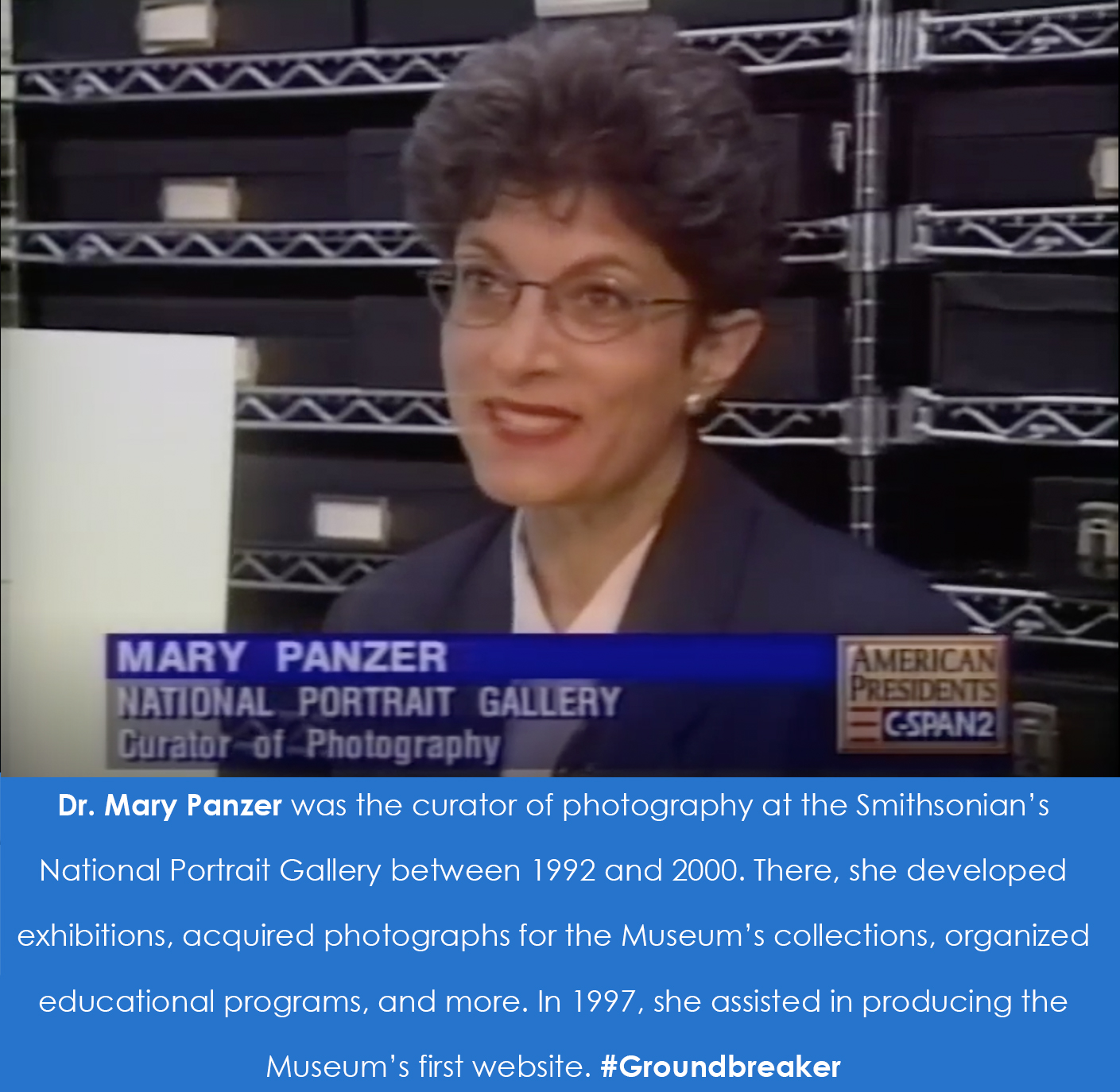Results for "At First Sight: Photography and the Smithsonian (Traveling exhibition)"

Celebrating 120 Years of the Smithsonian’s Photographic History Collection
- Date: July 14, 2016
- Creator: Marguerite Roby
- Description: Did you know that the Smithsonian Institution has been collecting “specimens” related to the history of photography since photography was still considered a new technology? Learn about the evolution of our photography collection!
- Blog Post
A Well Engineered Photograph
- Date: November 20, 2009
- Description: [caption id="" align="aligncenter" width="384" caption="Construction of the Pension Building, Designed by Montgomery Meigs, c. 1883, by Unknown photographer, Albumen print, National Museum of American History, Kenneth E. Behring Center, Image ID: AFS 182."][/caption] One of the first collections that I encountered during my travels through the photography collections of the
![Samuel F. B. Morse's Daguerreotype Equipment, 1888, by Thomas Smillie, SIA RU000095 [10625].](https://siarchives.si.edu/sites/default/files/blog-attached-images/297_Image_015_0.jpg)
The Life Work of Smillie
- Date: July 15, 2014
- Creator: Effie Kapsalis
- Description: There is a remarkable figure in the Smithsonian’s history that doesn’t get much of the spotlight; Thomas W. Smillie. He served as the Smithsonian’s first official photographer from 1870 until his death in 1917, and additionally became the Smithsonian’s first photography curator in 1896. Smillie amassed a collection of photographic equipment starting with the purchase of the

Wonderful Women Wednesday: Dr. Mary Panzer
- Date: December 9, 2020
- Creator: Emily Niekrasz
- Description: Each week, the Archives features a woman who has been a groundbreaker at the Smithsonian, past or present, in a series titled Wonderful Women Wednesday.
- Blog Post
Recent Photography Exhibitions in DC
- Date: June 1, 2010
- Description: [caption id="" align="aligncenter" width="422" caption="Mounted Cyanotypes, the Working Proofs for Eadweard Muybridge's Animal Locomotion, Plate 55, "Walking, Turning Around, Action of Aversion" (Miss Larrigan, July 28, 1885), by Eadweard Muybridge, Cyanotype, National Museum of American History, Kenneth E. Behring Center, Division of Information Technology and Communications,
- Blog Post
The Archives of Visibility
- Date: February 11, 2010
- Description: Access the official records of the Smithsonian Institution and learn about its history, key events, people, and research.
- Blog Post
Call for Entries! History in the Making
- Date: January 2, 2009
- Creator: Effie Kapsalis
- Description: We are excited to start the New Year with our first Call for Entries for the click! photography changes everything, an online exhibit that explores how photography influences every aspect of our daily lives. This month’s focus: History in the Making – the perfect opportunity to share your thoughts on the recent U.S. presidential elections and upcoming inauguration. Has
The Tropical Travels of George C. Wheeler - Part I
- Date: January 10, 2013
- Description: George C. Wheeler and his travel in the Caribbean illustrate the interplay between science and tourism in Latin America.
- Blog Post
The Smithsonian's First Photographer
- Date: May 14, 2009
- Description: Vernacular photography is the latest type of photography to be discovered by museums. Postcards, collected by Walker Evans (but still, postcards), have just been exhibited by the Metropolitan Museum of Art, and a tintype exhibition just closed at the International Center of Photography in New York, another exhibit of snapshots was seen at the National Gallery of Art.
- Blog Post
Going for a bike ride? Don’t forget the camera!
- Date: July 15, 2009
- Description: [caption id="" align="alignnone" width="400" caption="Untitled, by Unidentified photographer, c. 1905, Smithsonian Institution Archives"][/caption] In keeping with our summer travel theme, I began to investigate some of the ways in which photographers were first able to travel with their cameras. To give a brief background, the invention of photography in 1839 coincided with

Camera Craze Comes to the Smithsonian
- Date: April 26, 2018
- Creator: Lisa Fthenakis
- Description: It would be hard to imagine stepping into a Smithsonian museum today and not seeing a single camera. Digital cameras and smart phones with cameras are so completely a part of today’s museum-going experience that - unless a flash goes off in your face – you probably wouldn’t notice the camera next to you. However, in 1938, you would have seen a very different sight. On August

Smillie and the 1900 Eclipse
- Date: June 9, 2009
- Description: Access the official records of the Smithsonian Institution and learn about its history, key events, people, and research.
